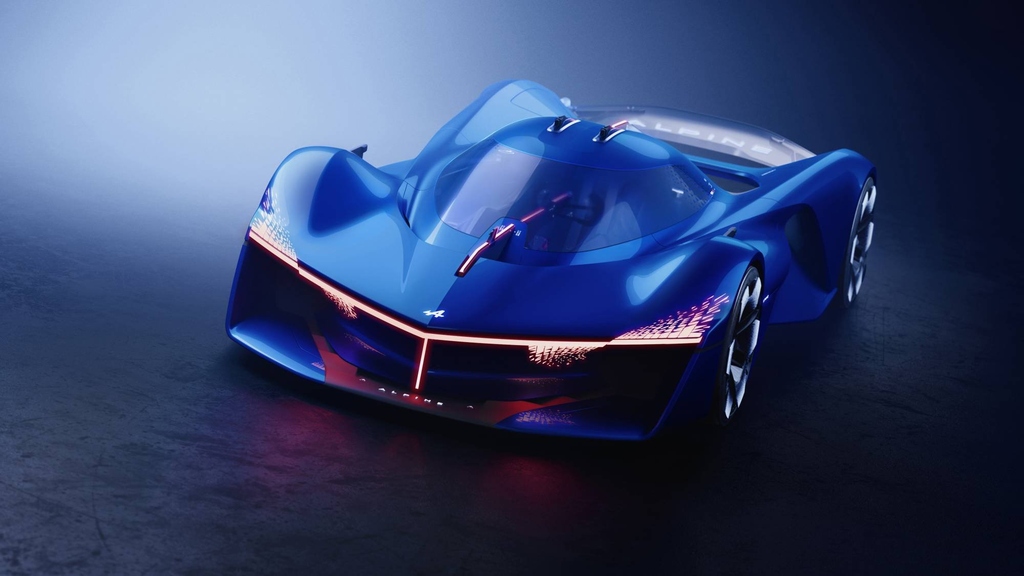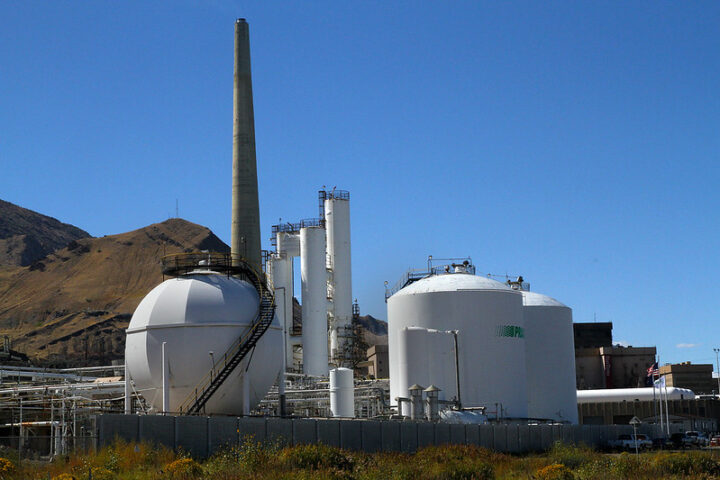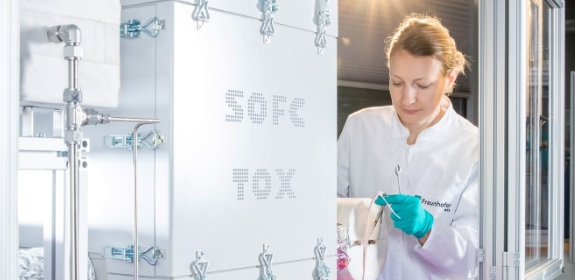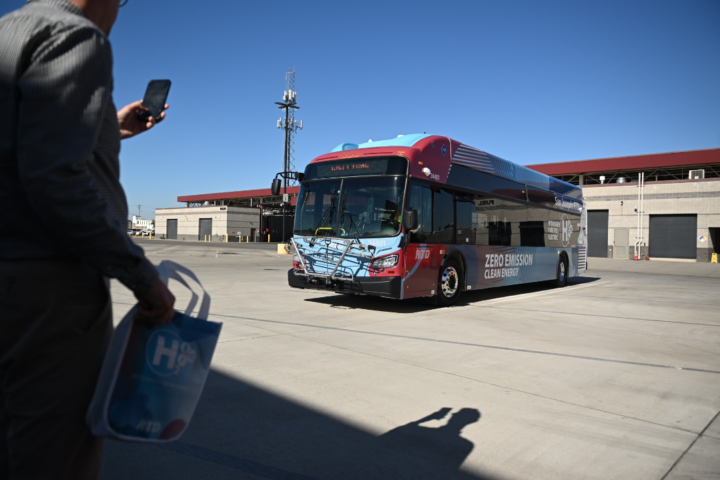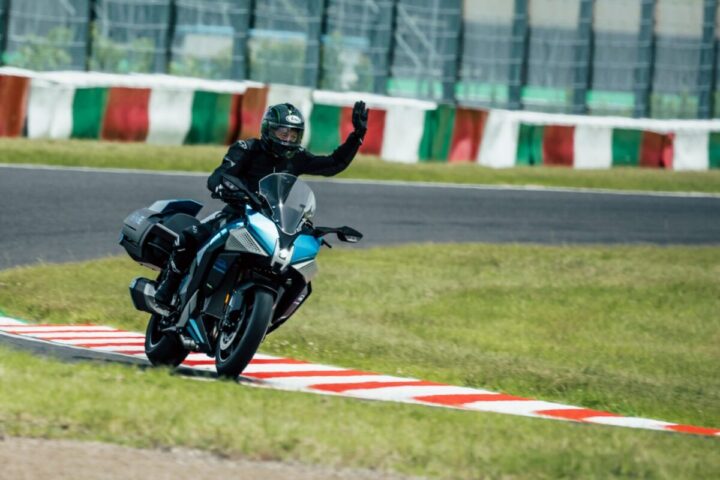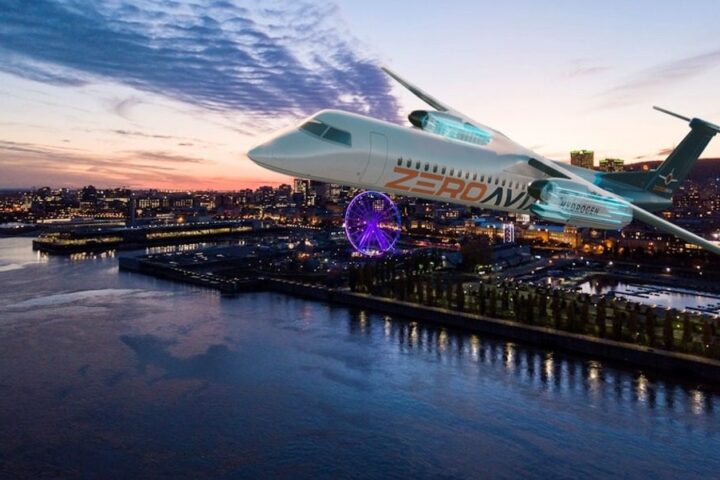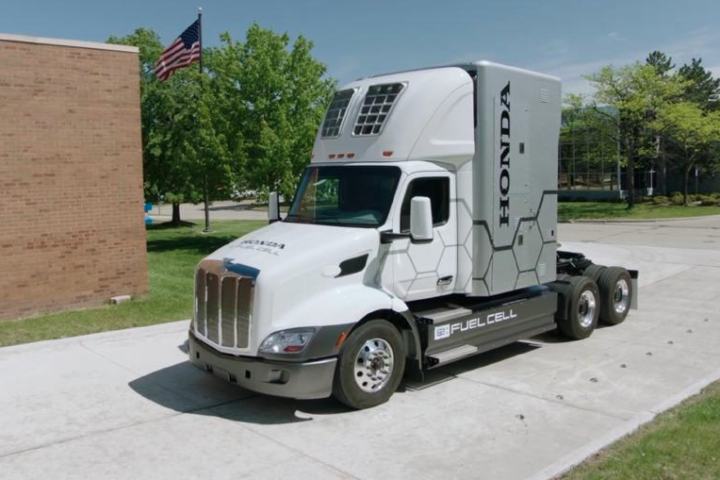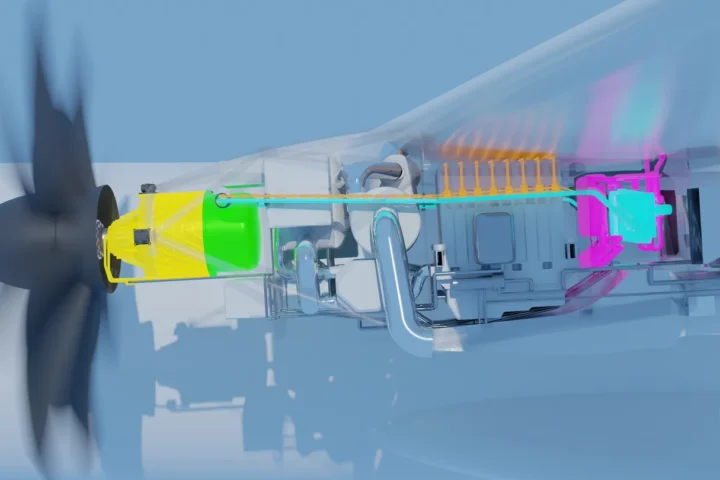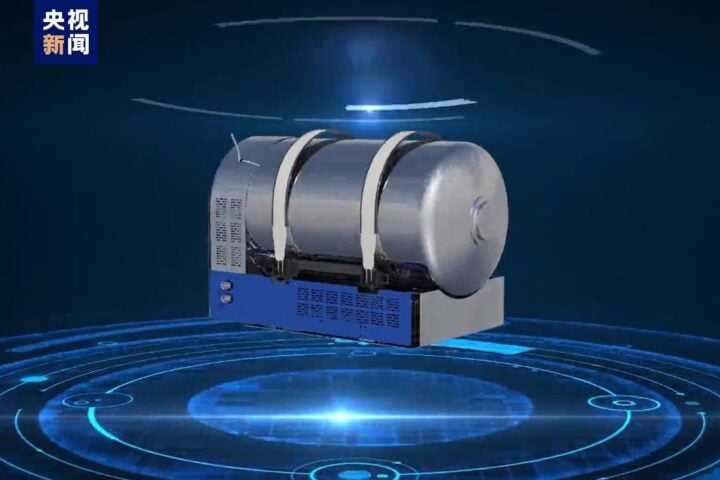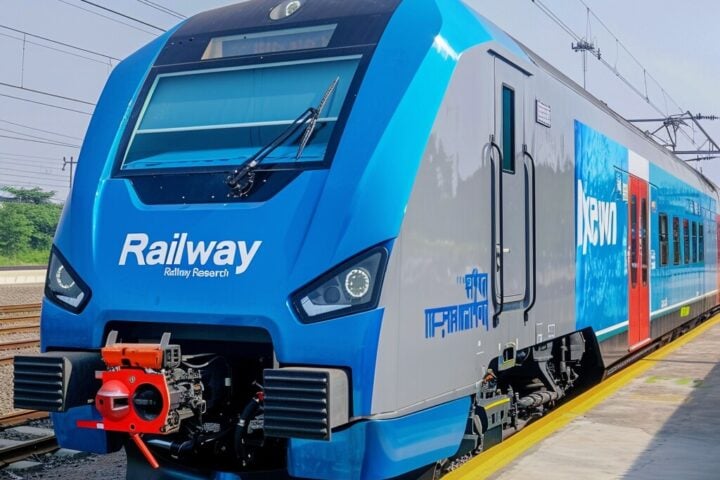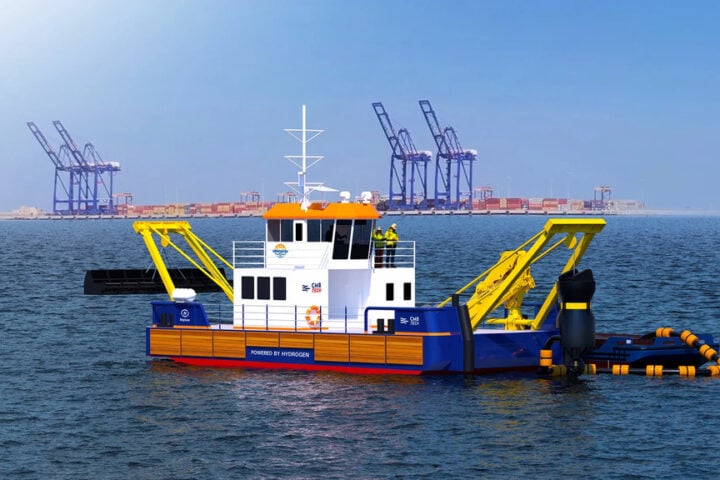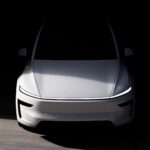Do you remember the Alpine prototype called Alpenglow that the French sports brand unveiled at the 2022 Paris Motor Show? Alpine had to overcome a multitude of challenges to design its latest Alpenglow HY4. The hydrogen concept, which is now a working vehicle and is the result of intense work detailed by the Alpine team.
In practice, the Alpine Alpenglow Hy4 is both a prototype and a race car, featuring a carbon fiber monocoque chassis and a 2.0-liter turbocharged four-cylinder engine that “burns” hydrogen to develop 340 hp. Fans of race cars and hydrogen technology applied to internal combustion engines can see the Alpine in person and on the track at Spa-Francorchamps today and tomorrow, May 11, during the 6 hours of the FIA WEC championship. If you can’t make it to the Belgian circuit, you can still catch up by watching the Alpine Alpenglow Hy4 track demonstration at the 24 Hours of Le Mans on June 14 and 15.
During the presentation of the new version of the hydrogen prototype, Bruno Famin, Vice President of Alpine Motorsport, stated: “As part of our active participation in decarbonising motorsports, we see the hydrogen internal combustion engine as an extremely promising solution. We know that hydrogen will be an essential step in decarbonising the next generations of Endurance cars, and could also be for Formula 1 cars, particularly by switching to liquid storage for greater compactness and performance. The Alpenglow prototype perfectly illustrates this, a genuine technological laboratory for developing tomorrow’s hydrogen engines.”
Instead of the V8 from the first concept, this “working prototype” now features a 2-liter turbocharged 4-cylinder engine with 340 hp, still powered by hydrogen (hence the Hy4 suffix). However, this is not the final engine, as Alpine announces a new V6 for a second working version to be presented before the end of the year. The idea remains the same: to preserve the auditory pleasure thanks to the sound of a combustion engine, but without greenhouse gas emissions, soot, or nitrogen oxides (at least on the road…) thanks to hydrogen replacing gasoline. The engine is paired with a racing sequential gearbox with a centrifugal clutch.
Similar Post
In the process, Alpine has completely redesigned the Alpenglow, still very spectacular but now more realistic with its two-seat cockpit topped by an air intake, its less smooth side pods (housing two of the three pressurized hydrogen tanks), and its new wheels. It retains the look of the A424 endurance prototype and, at the rear, the large fin-like taillights on either side of a wide translucent movable wing. The whole structure rests on a carbon monocoque inspired by the LMP3. After lifting the butterfly doors, you take your place in custom-molded bucket seats, in front of a carbon wing serving as a dashboard. The steering wheel is borrowed from the brand’s prototypes, the buttons from the A110, while a luminous triangle varies in color and intensity depending on the engine speed or centrifugal force.
However, Alpine does not specify if the Alpenglow could one day lead to a big sister of the A110 in dealerships, among the electric SUVs and the small A290. For now, Alpine is content to see it as a founding prototype for the design of the brand’s future models
